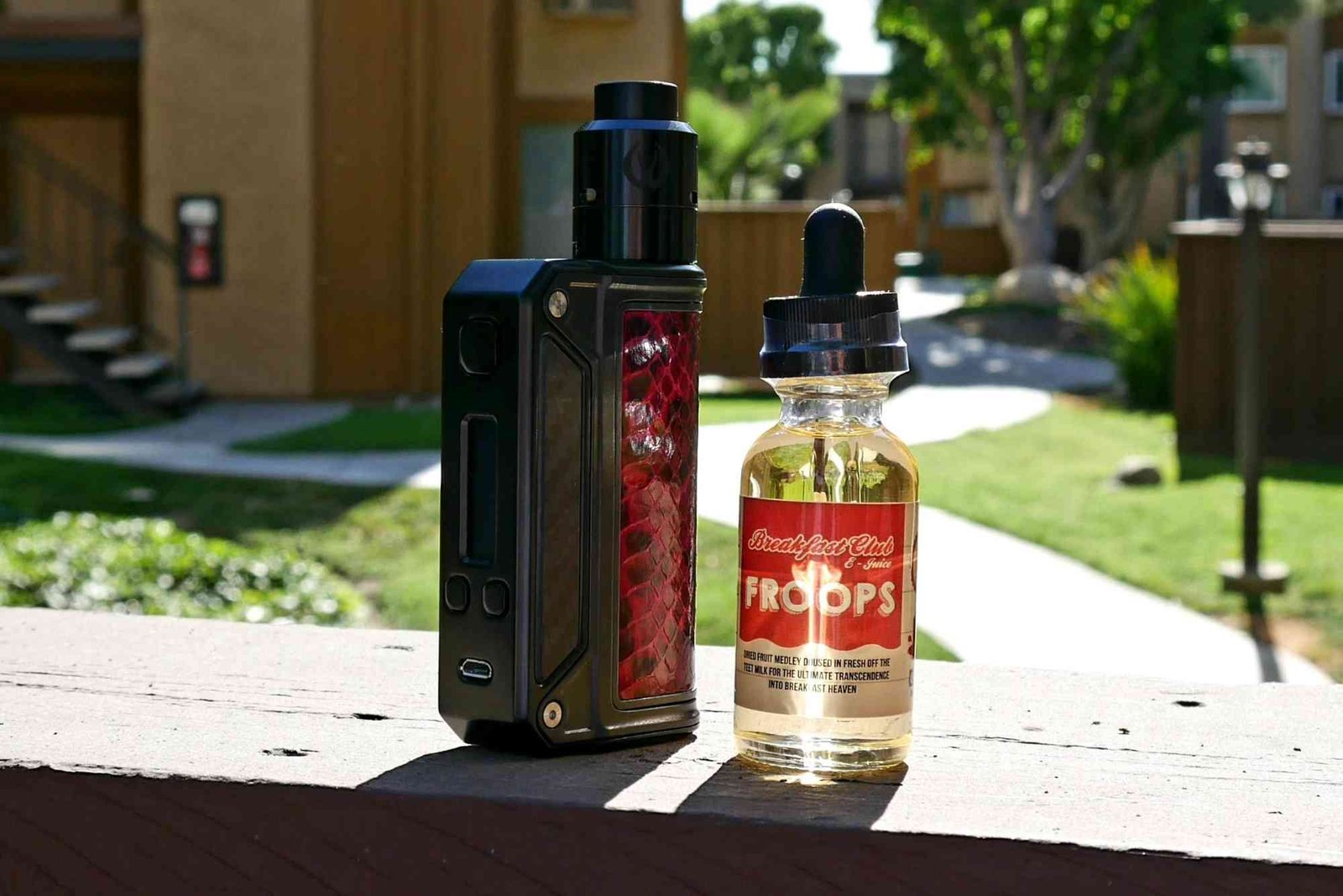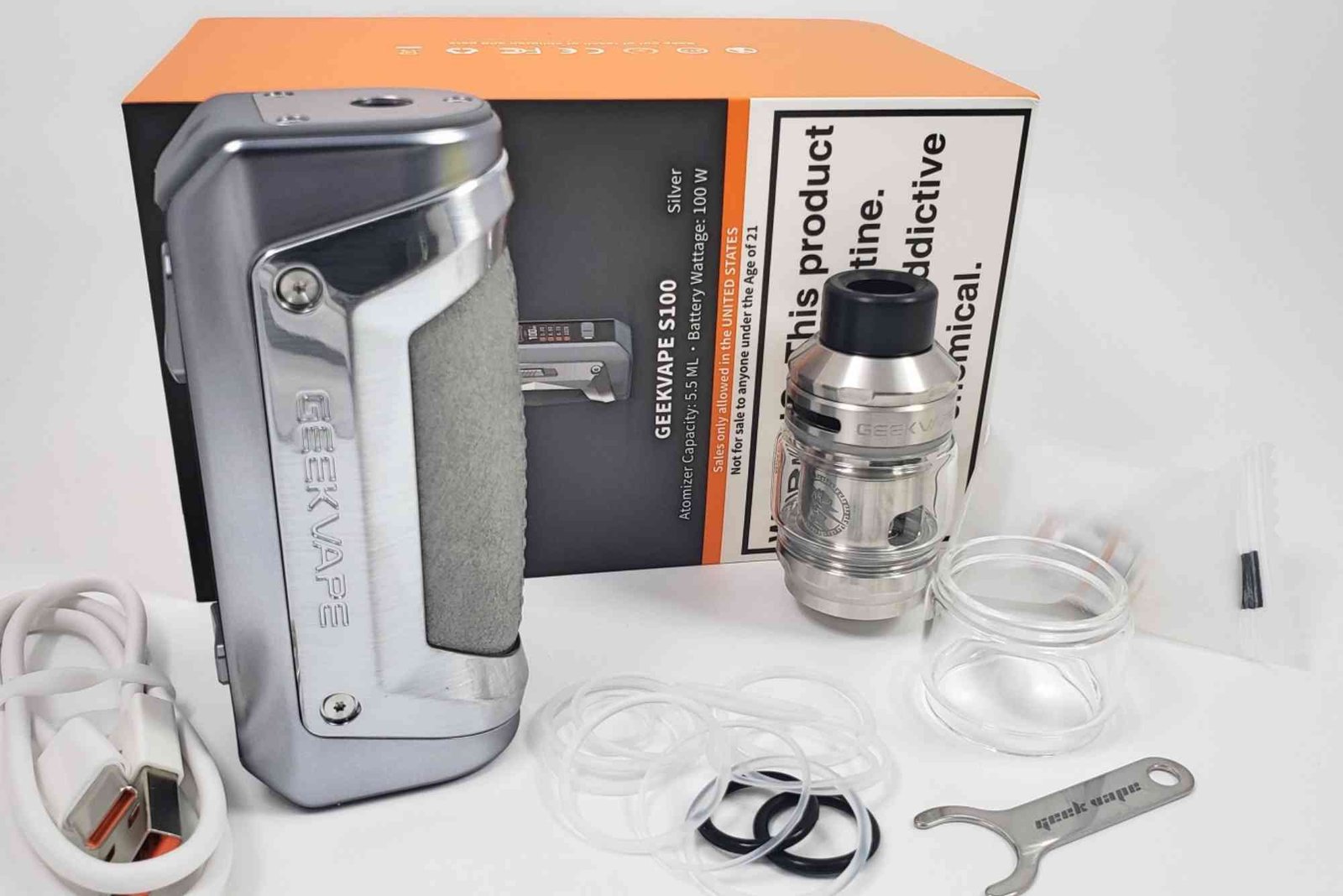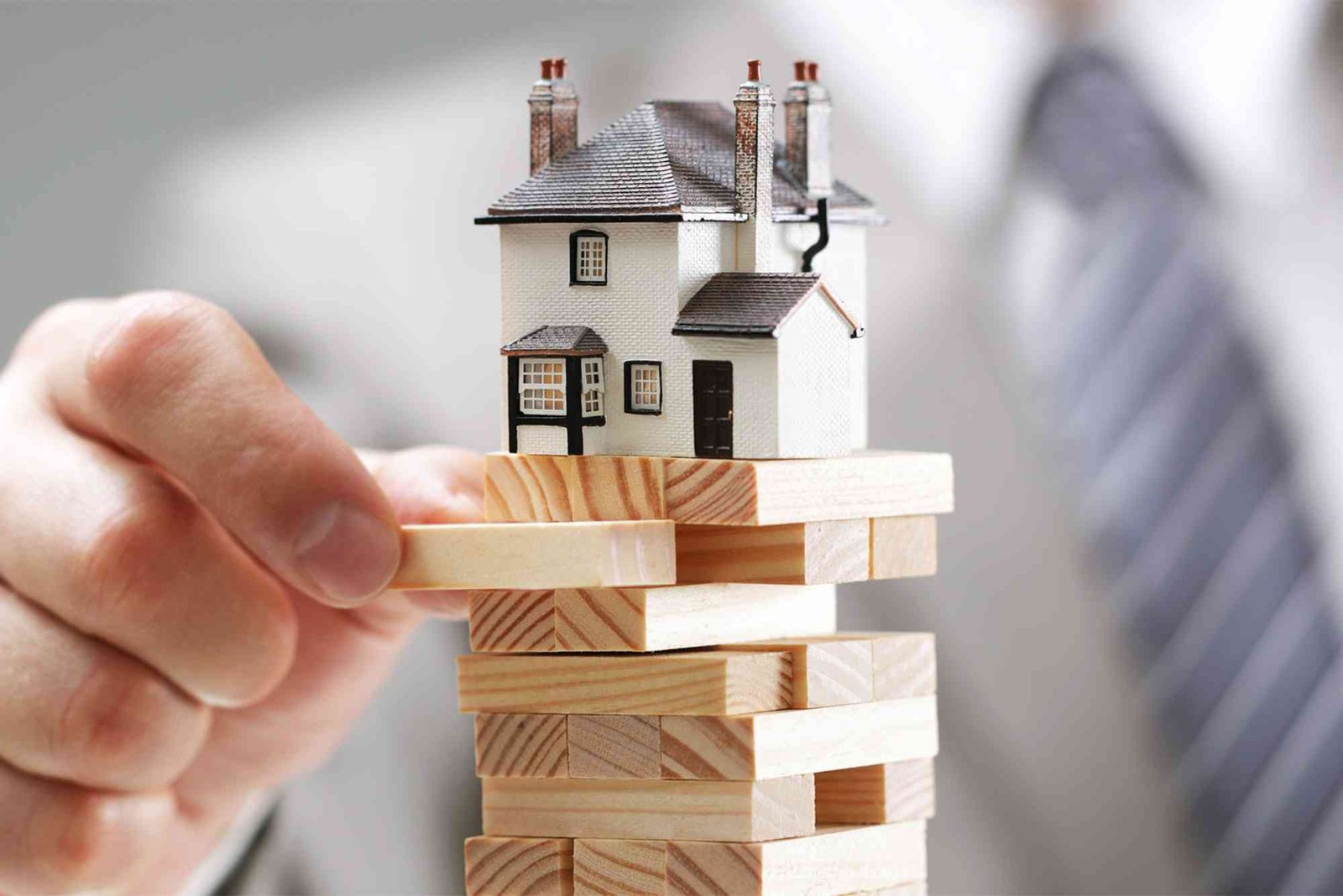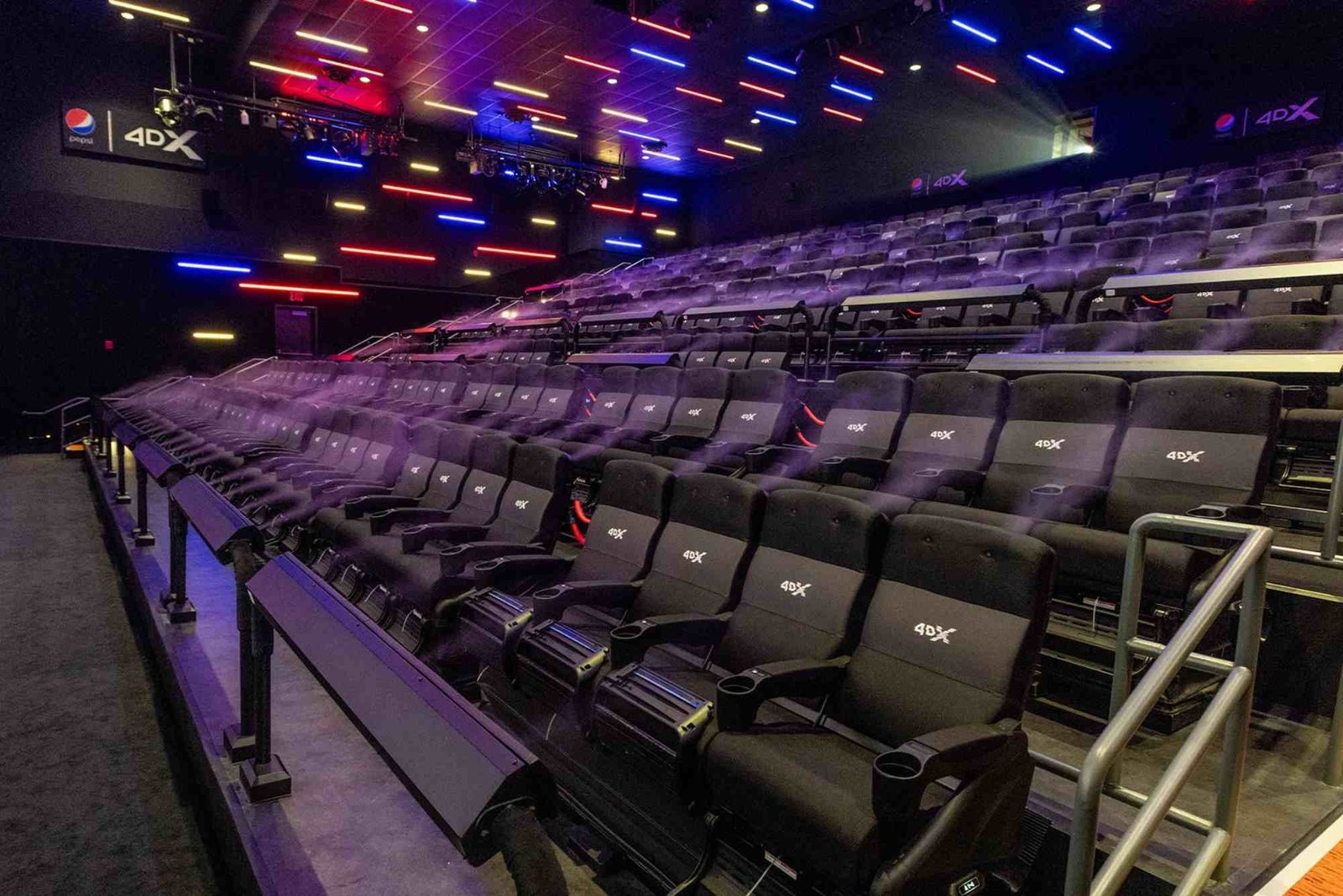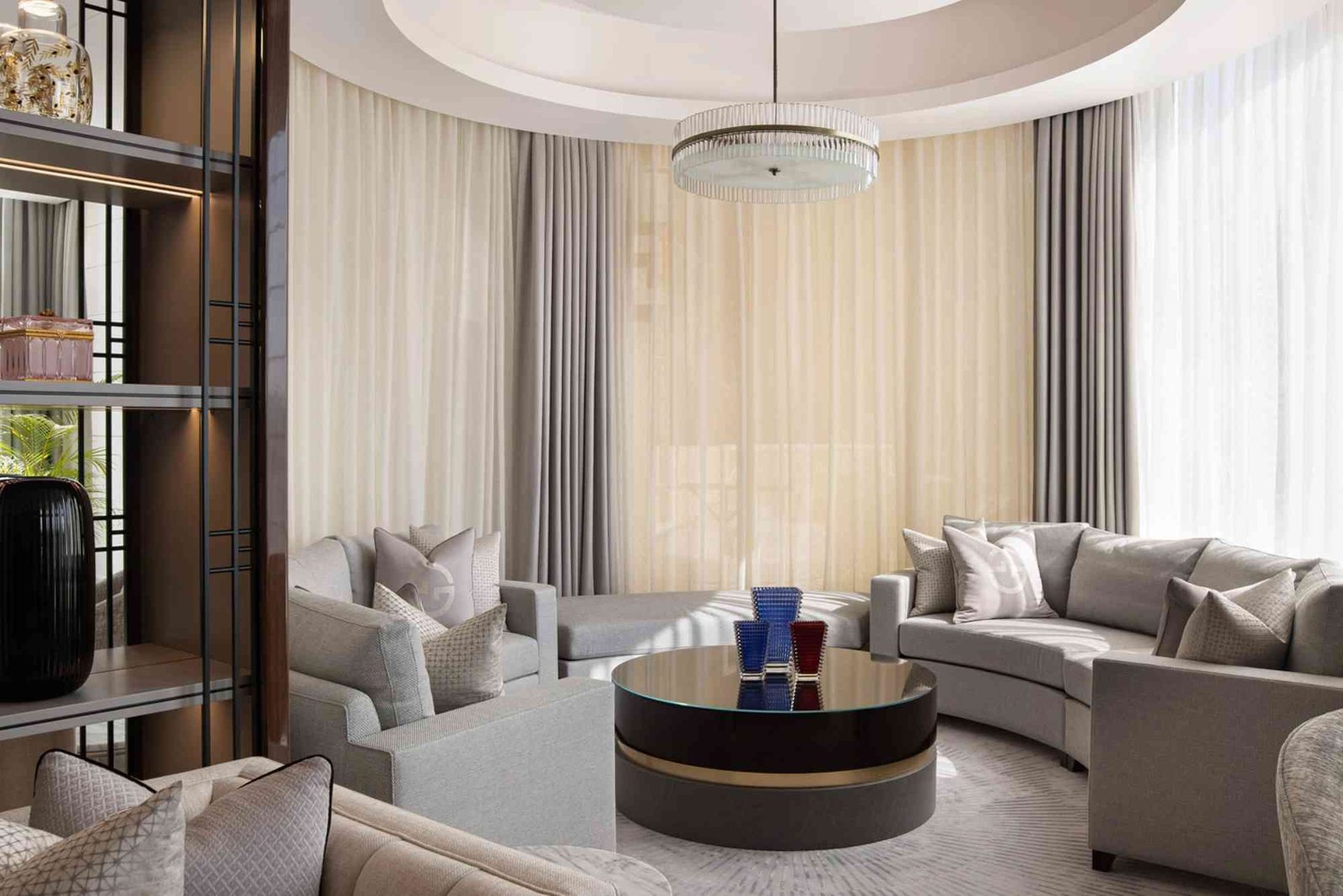Introduction
In the ever-evolving world of digital art and anime photography, understanding the Complete Guide to Anime Rent Room Lightroom Angle — What You Need to Know is essential for artists, editors, and enthusiasts who want to create visually captivating scenes. This concept blends anime-style aesthetics, Lightroom editing, and unique camera perspectives that define the mood and emotion of a virtual or digital space. Whether you’re an aspiring anime creator, a photo editor, or simply exploring artistic storytelling through visuals, mastering this blend of techniques can completely transform your creative work.
Understanding the Concept of Anime Rent Room Lightroom Angle
The term “Anime Rent Room Lightroom Angle” might sound complex, but it represents the fusion of three powerful creative domains — anime-inspired environments, Lightroom editing finesse, and precise camera angles. Let’s break it down to understand how these elements work together to achieve a professional and immersive look.
Anime rooms are digitally designed environments that capture the essence of Japanese animation. They often include cozy interiors, pastel tones, and emotional lighting that tell a story. When combined with Lightroom, Adobe’s photo editing software, these rooms become even more realistic, polished, and atmospheric. The “angle” part of the concept emphasizes how the camera’s position or virtual point of view changes the feeling of the entire scene.
In essence, it’s not just about anime art or photo editing — it’s about combining composition, lighting, and storytelling to make your work stand out.
Why Anime Rent Room Lightroom Angle Matters
The Complete Guide to Anime Rent Room Lightroom Angle — What You Need to Know isn’t just for professional animators. It’s a valuable concept for digital creators across multiple industries. Anime-inspired rooms are widely used in virtual backgrounds, gaming design, YouTube videos, and even architectural visualization. By understanding how Lightroom editing and camera angles contribute to visual depth, you can elevate your creative storytelling to the next level.
These principles allow you to craft environments that feel alive — spaces that breathe emotion, comfort, and realism. For example, a simple bedroom scene can shift from peaceful to mysterious depending on how you play with light and perspective.
The Role of Lighting in Anime-Inspired Rooms
Lighting defines mood — that’s a universal rule in both photography and anime art. In Lightroom, creators can adjust exposure, contrast, and tone curves to mimic anime-style brightness or cinematic shadows. Soft ambient light adds warmth, while focused spot lighting enhances depth.
One effective technique is to use Lightroom’s HSL (Hue, Saturation, Luminance) panel to replicate the color palettes often seen in anime backgrounds — pastel blues, warm oranges, and sunset gradients. The light direction should always align with the story — for instance, morning light entering from a side window suggests freshness, while dim lamp light conveys nostalgia.
Combining these lighting principles with well-chosen angles can turn a simple digital room into a masterpiece.
The Power of Angles: Creating Emotion Through Perspective
Camera angles have always played a critical role in anime storytelling. In anime rent room photography or digital renders, the angle you choose can communicate emotion far more effectively than any dialogue or caption.
A low-angle shot can make a character appear powerful or confident, while a high-angle perspective introduces vulnerability or calmness. Lightroom enhances this by allowing you to adjust perspective corrections and vignettes to emphasize your chosen focus point.
If you want your composition to feel more intimate, try using a mid-angle or a slightly tilted view. This gives your anime-inspired room a dynamic and realistic sense of space.
According to the anime rent room lightroom angle — a quick guide on Aerial Loop, perspective is more than just camera positioning — it’s a storytelling language. It lets you guide the viewer’s eye, set the atmosphere, and make digital art feel like a moment frozen in time.
Lightroom Editing Tips for Anime Rent Room Aesthetics
Editing anime-style rooms in Lightroom requires a balance between realism and stylization. The following key aspects help achieve that balance:
-
Color Grading: Adjust the temperature and tint to simulate anime-inspired color moods. Cooler tones give serenity, while warmer hues evoke nostalgia.
-
Texture and Clarity: Reduce clarity for a soft, dreamy look or increase it for a crisp, modern anime effect.
-
Shadows and Highlights: Lower highlights to retain details and raise shadows for a balanced exposure.
-
Split Toning: Apply warm highlights and cool shadows to replicate cinematic color harmony.
-
Presets: Use or create custom Lightroom presets specifically designed for anime or fantasy room styles.
These techniques allow you to refine lighting and tones until your image radiates the desired emotional depth.
Storytelling Through Environment Design
A key part of the Complete Guide to Anime Rent Room Lightroom Angle — What You Need to Know is understanding how environment design supports narrative. In anime, every element of a room — from the placement of furniture to the play of sunlight on the floor — adds meaning to the story.
To create an emotionally resonant scene, think about the story your environment is telling. Is it a lonely evening in a city apartment? A cheerful morning in a student’s dorm? Or a futuristic cyberpunk setting filled with neon reflections?
Every color, shadow, and perspective should reinforce the narrative. Lightroom allows you to emphasize these details through precise exposure adjustments and localized edits.
Common Mistakes to Avoid in Anime Room Editing
While experimenting with anime-inspired Lightroom scenes, beginners often make certain mistakes that reduce the overall impact:
-
Over-saturating colors, which can make the image feel artificial.
-
Ignoring perspective corrections, leading to distorted room shapes.
-
Overusing filters or presets without fine-tuning.
-
Inconsistent lighting sources, creating unrealistic scenes.
Avoiding these pitfalls will ensure your art remains visually appealing and emotionally cohesive.
Combining Realism and Fantasy
The charm of anime rent room art lies in its perfect blend of realism and imagination. Lightroom acts as the bridge between these worlds — allowing creators to control every detail, from the glow of neon lights to the softness of morning sunlight.
A good tip is to mix realistic shadows with stylized highlights. Use Lightroom’s radial filters to add glowing effects around windows or lamps. Experiment with the “Dehaze” tool to control atmosphere — a slight haze can make the room look dreamlike, while higher clarity can sharpen every texture.
By balancing these settings, your anime-inspired space can feel both believable and otherworldly at the same time.
Tools and Resources for Beginners
If you’re new to this creative field, plenty of resources can help you start your journey. Free anime room templates and Lightroom presets are available online, allowing you to practice without starting from scratch.
Communities like Open Knowledge encourage creative learning and sharing across art, technology, and education. Joining such spaces can help you exchange editing tips, get feedback, and learn the latest artistic trends.
You can also browse more blog articles on platforms like Aerial Loop to stay updated on new editing methods, Lightroom shortcuts, and anime-inspired creative concepts.
How to Find Inspiration for Anime Room Design
Inspiration often comes from observation — studying anime scenes, interior design, and even real-life architecture. Pay attention to how anime artists use light, texture, and shadow to communicate mood.
Pinterest, DeviantArt, and ArtStation are great platforms for exploring diverse art styles. Analyze how professionals compose scenes, and then try to recreate them with your twist using Lightroom. Over time, you’ll develop your signature style that blends photography and anime aesthetics seamlessly.
The Future of Anime Rent Room Editing
As digital creativity advances, the boundaries between anime art and real-world photography are fading. AI-assisted Lightroom tools, 3D rendering engines, and virtual camera systems are making anime rent room design more accessible than ever.
Future artists will likely blend real-time rendering with Lightroom post-processing to create hyper-realistic anime worlds. This evolution opens new possibilities for storytelling, gaming, and digital exhibitions.
Whether you’re an artist, editor, or enthusiast, learning the Complete Guide to Anime Rent Room Lightroom Angle — What You Need to Know now will prepare you for these exciting innovations.
(FAQs)
What is an anime rent room in digital art?
An anime rent room is a digitally designed space inspired by Japanese animation aesthetics. It’s often used in illustrations, backgrounds, and virtual environments.
Why use Lightroom for anime-inspired rooms?
Lightroom provides precise control over light, color, and tone, helping artists achieve cinematic anime looks effortlessly.
What angle works best for anime room shots?
It depends on the story. Low angles show power or curiosity, while high angles express calmness or emotion. Experiment with perspective to see what fits.
Can beginners master anime rent room editing?
Yes. With basic knowledge of Lightroom and composition, anyone can learn to create anime-style rooms through practice and reference.
What are the best tools for anime-style editing?
Adobe Lightroom, Photoshop, and Blender are top tools. Each helps refine light, texture, and perspective for professional-quality anime scenes.
The Complete Guide to Anime Rent Room Lightroom Angle — What You Need to Know shows that creative storytelling lies in the balance of light, composition, and perspective. Whether you’re editing a still image or crafting an entire scene, mastering these elements gives your art emotional power and visual harmony.
Remember, every anime room you design tells a story — of peace, nostalgia, or adventure. Use Lightroom’s tools wisely, experiment with camera angles, and focus on emotion rather than perfection.
To explore more on this fascinating topic, visit the anime rent room lightroom angle — a quick guide or browse more blog articles that dive deeper into creative editing and anime-inspired design. Keep learning, stay inspired, and let your artistic vision illuminate every corner of your virtual world.




